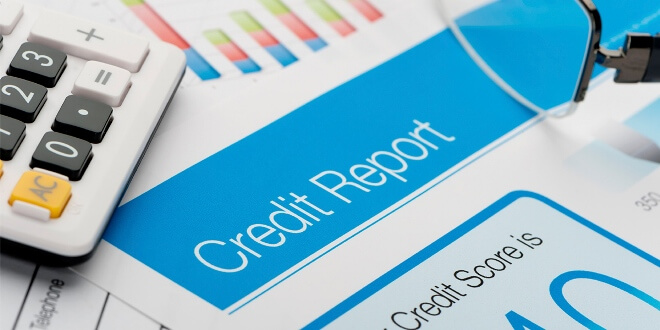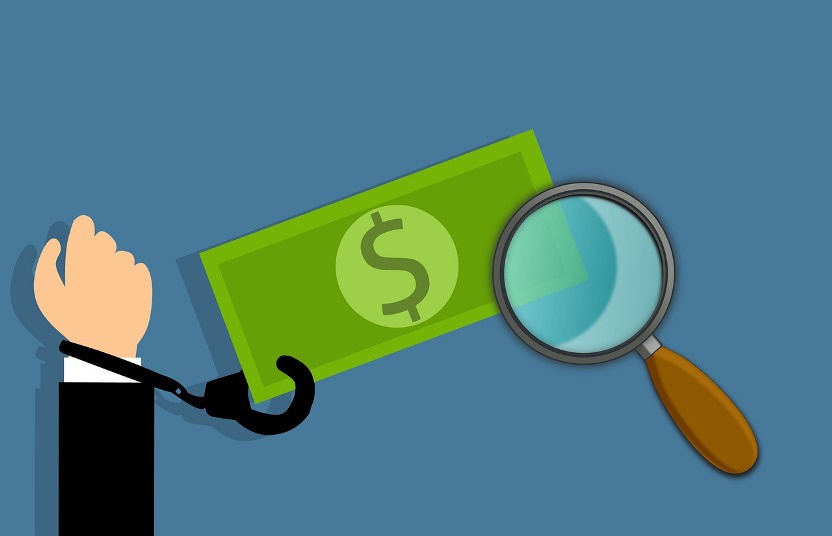
Freelancing has many benefits. You can work anywhere, schedule your own time, and make a living doing what you love. But there’s one problem that discourages many people from full-time freelancing: You have to pay your own taxes.
Many people are accustomed to filing a W2, which means that taxes are deducted from their checks for the entire year, and they get their taxes in April.
But freelancers filing Form 1099s must pay their taxes quarterly throughout the year — and hope they don’t owe anything else in April.
Why are freelancers responsible for their taxes?
Many first-time freelancers often ask why they are responsible for their own taxes and why they were never responsible for taxes before.
The answer is simple: as a freelancer or contractor, you are not an employee of a company. Therefore, the employer is not responsible for withholding tax for you.
But this fact may seem bizarre. They pay you and you work for them – why aren’t you an employee?
Well, this is our tax classification system. When you first joined their staff, you signed a contract stating that you were an independent contractor, not a permanent employee.
Why do you have to pay taxes quarterly?
Now you understand why you have to pay taxes. But here’s another confusing fact for new freelancers – why do you pay quarterly taxes?
The confusion is justified. As a long-term employee, you don’t need to pay quarterly taxes. But your taxes are withheld on every check, and your employer pays them for you.
As a freelancer, you don’t have this benefit. So you have to withhold these taxes yourself.
The IRS has a “pay-as-you-go” tax system. You pay taxes throughout the year and file at the start of tax season (or April) to make sure your taxes for the previous year are correct.
The easiest way to organize this “pay-as-you-go” approach is to pay four times a year: April, June, September, and January.
But how much will you pay? This is where it gets complicated. First, you need to determine your tax rate. The IRS breaks it down by income. And, include additional charges, such as state and local taxes, in your quarterly report.
You can use an online tax calculator to determine how much you pay each quarter. Try to be as accurate as possible.
How to declare
There are many ways for freelancers to declare. The easiest way is to pay your quarterly taxes through the IRS website. You can even sign up for direct debit, where the IRS draws your taxes from your bank account on a quarterly basis.
If your taxes get complicated, you can hire a CPA, or CPA. You’ll spend money on their services, but the tax process is easier, and you can even pay the IRS less than before.
For April tax filing time, you can file your taxes online anytime.
Now you understand the tax issues of freelancers
Taxes for freelancers can become quite difficult. However, once you understand the basics, paying taxes isn’t that hard.
Be sure to remember to pay your quarterly wages and estimate your wages through your tax bracket. You can file your taxes online in April, or you can file with a CPA.
Are you a freelance writer? Visit our blog for more writing and blogging resources.



